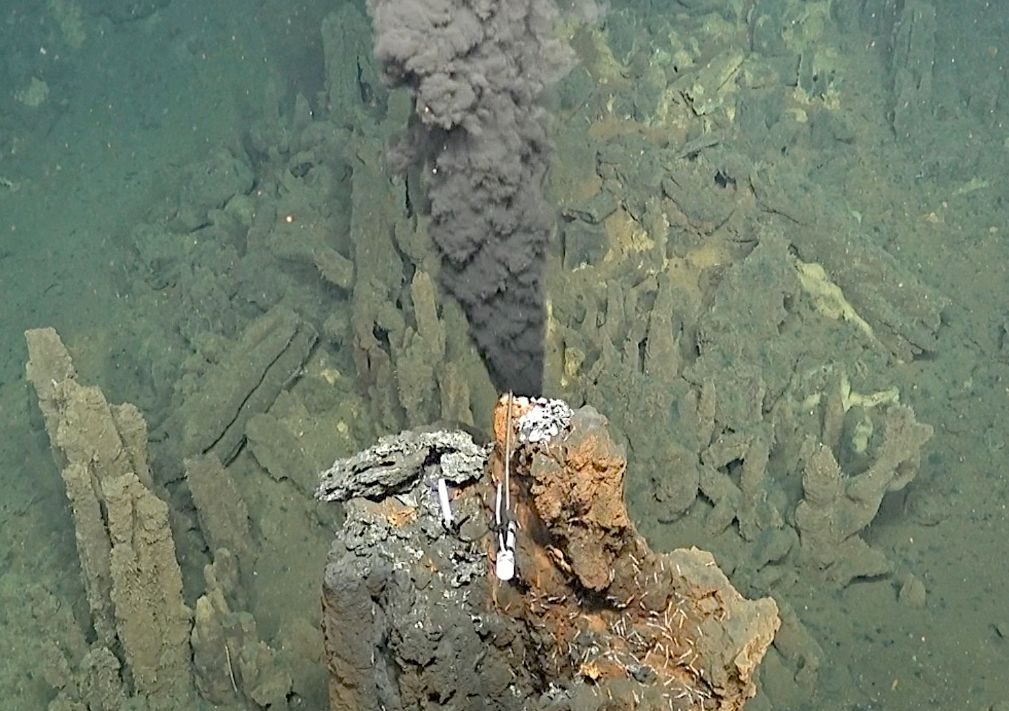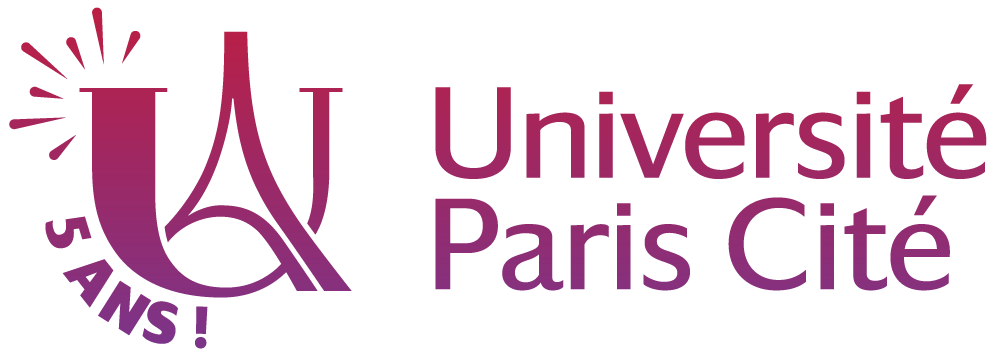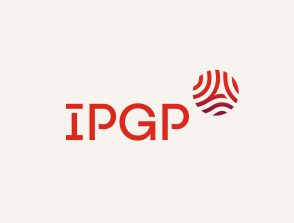ANR DHYAM: Diversity, dynamics and impact of ultramafic-hosted hydrothermal activity at mid-ocean ridges

Photo credit ArcEnSub oceanographic cruise - French Oceanographic Fleet (FOF) https://campagnes.flotteoceanographique.fr/campagnes/18000663/fr/
Start: 01/10/2023 - End: 31/10/2026
National partnership
Coordinators : Baptiste Debret, Andreani Muriel, Javier Escartin
Host institutions :
LGL Université Lyon 1
Partner institutions :
LGL Université Lyon 1, IPGP, ENS Paris
Related teams :
Lithosphere Organosphere Microbiosphere (LOMs)
Mantle rock alteration is a widespread process that enriches fluids in H2 driving unique chemical environments for ecosystems, and reactions involving redox-sensitive elements such as C, S or metals. While mantle-dominated oceanic lithosphere, linked to detachment faults, may account for up to 25% of the seafloor, this reaction has been so far neglected in evaluations of ocean-lithosphere chemical exchanges. These domains have revealed hydrothermal outflows of ever-increasing variety, from low to high temperature and pH, and focused to diffuse venting, with abundant sulphide or carbonate deposits. This opens several questions so as to extrapolate geological observations globally toward an improved understanding of their impact on biogeochemical cycles: What is the relative importance of these outflows ? Their (disc)continuities in space and time, and longevity? Their links to tectonic activity, ecosystem development, and lithospheric ageing?
To answer these questions DHYAM will couple available information from mantle-hosted hydrothermal sites along the northern Mid-Atlantic Ridge, with an exhaustive study of the recently-explored Rainbow massif (Arc-En-Sub cruise, 2022) that revealed both known and previously undescribed outflow styles, active and fossil. Specific goals are to i) characterise the nature, diversity and spatio-temporal distribution of the outflows within a detailed tectonic framework, ii) establish a link between hydrothermal diversity, and past/ present ecosystems along with the tectono-magmatic evolution of the massif, and iii) improve numerical models of seafloor spreading with updated geological constraints, to configure and better predict the spatio-temporal nature and subseafloor extent of hydrothermal activity. Our results, extrapolated to other sites on- and off-axis, will help building a general model of alteration of ultramafic domains at MORs to be integrated in global tectonic models (e.g., using G-Plates) for chemical budget estimation.






